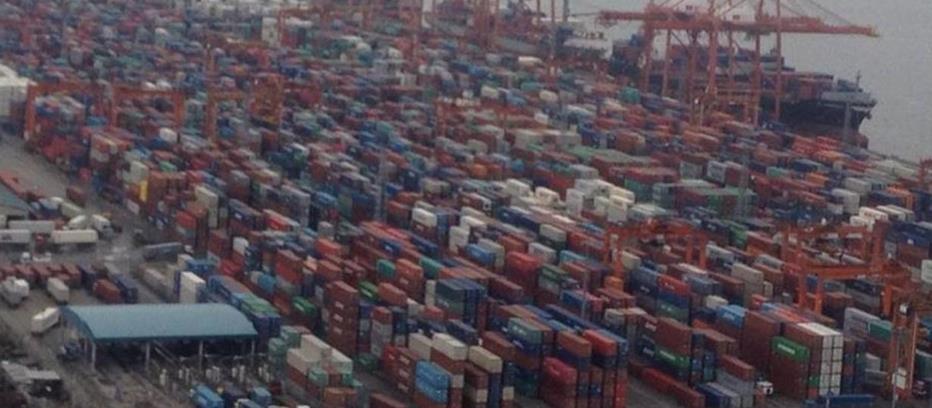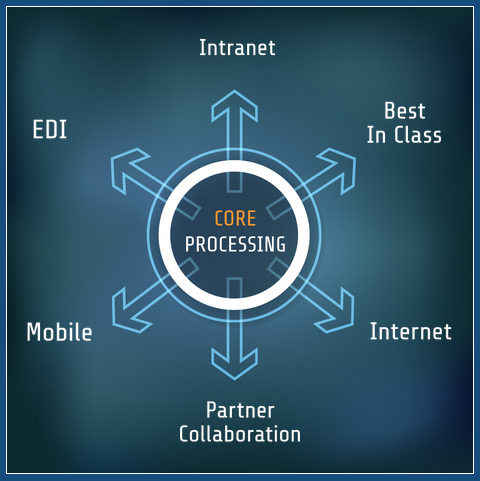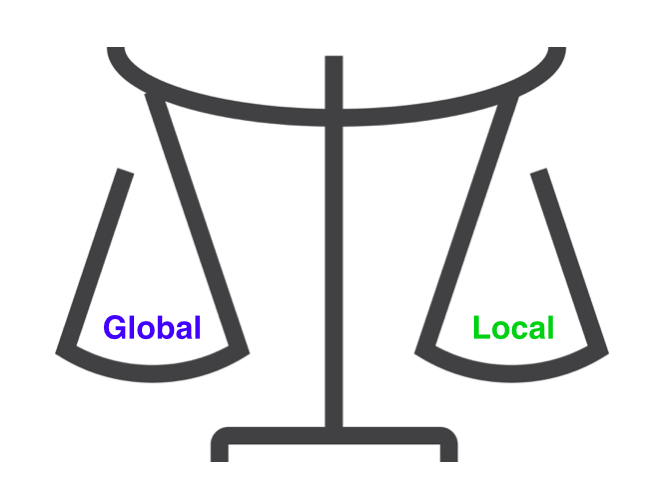In today’s data-driven organizations, it is increasingly important that data governance be business led and discipline focused.
The equation is simple: to draw meaningful, actionable conclusions from your transactional database, you need to sweat the small stuff early, often, and consistently. It is critically important that each discipline in the business vet and ultimately align on data labels for effective segmentation. If you don’t, analytical exercises may not yield the big data results required to supplement your already-sound business practices. Data classifications need to be structured to fill the various needs from the Sourcing, Sales, Procurement, and Quality departments.
Each department must understand and accept their responsibility in maintaining data integrity. To get there, you need to start small. It begins at the part-build level. Each department will need to help build the part number to allow you to go deep and wide with summary data builds. For example:
- Sourcing for commodity classifications and costing profile
- Quality for inspection requirements and material/finish designation
- Sales for sell price and E&O categorization
- Materials for inventory policy












